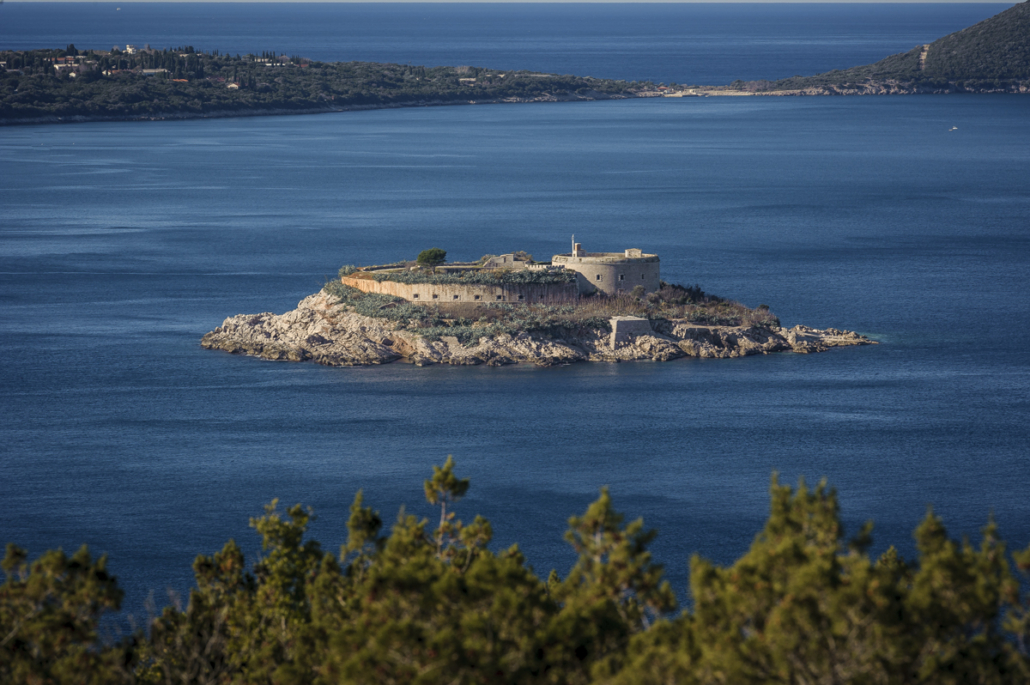EUFCN Spotlight on: Film Centre of Montenegro
Nestled between the rugged mountains of the Balkans and the Adriatic Sea, Montenegro features a vast diversity of natural beauty and intriguing cultural sites in an area of just 14,000 km².
The Film Centre of Montenegro was established in late 2016 with the aim of providing a nurturing environment for film professionals in Montenegro. The Centre manages the film fund, oversees film production grants, promotes Montenegrin films abroad at festivals and film markets, collects and analyzes statistical data on film and other related activities. Since 2018, the Centre also runs the Film in Montenegro incentives programme.
In this interview, Marko Erakovic, Head of Film in Montenegro, illustrates the advantages of filming in the “open-air studio” that is Montenegro, a country with a solid present and promising future in the film industry.

Skadar Lake ©Dusko Miljanic
Which main productions were shot recently in Montenegro and what is set to be shooting in the future?
“Recently, we had two regional hit TV shows wrap up production on their second seasons. Both shows are partly set in Montenegro and made the most of our Film in Montenegro incentives programme launched in 2018 that offers 25% cash rebate on qualified expenses for feature films, documentaries and TV shows. The programme is steadily picking up pace and putting Montenegro on the European film destinations map – we already have several international film and TV projects lined up for 2021 and 2022. We can’t disclose more details at this time since the projects are still in pre-production. If everything goes according to plan, we’re looking at a very busy year ahead.
As far as the national feature film production is concerned, we are by all accounts expecting a record year, with a number of projects that were put on hold due to the pandemic scheduled to start production in the coming months. Apart from projects that deal with contemporary themes, we’re glad to see a number of Montenegrin filmmakers turn to period pieces thanks to increased financing from the Film Centre of Montenegro and to regional co-production opportunities.”

Kotor Old Town ©Dusko Miljanic
What’s the biggest production you have ever supported in Montenegro?
“Over the last decade we’ve had several big productions shoot parts of their films here, but the one that really made the most of Montenegro’s location diversity was Michael Noer’s Papillon (2017), starring Charlie Hunnam and Rami Malek, shot on multiple locations across Montenegro. Most strikingly, the production shot the film’s dramatic finale on Mamula, a fortified island at the entrance of Boka Bay, which was turned into the Devil’s Island for the film. The production also shot at Skadar Lake, turning it into a beach in South America, around the city of Niksic where the big prison set was built, in the fortified Medieval town of Kotor where the beginning of the film takes place, and in many more locations.
Some other examples of clever use of Montenegrin locations include Rian Johnson’s The Brothers Bloom (2011), who shot the film’s finale at the Great Beach in Ulcinj that doubled for Mexico; Roger Donaldson used the backdrop of the striking Boka Bay as Lake Geneva in The November Man (2014); and most recently Andrew Levitas shot some of the Japan scenes for Minamata (2020) around Tivat. As you can see, with a smart approach to location scouting and good planning, you can film just about anything in Montenegro.”

Mamula Island, set of “Papillon” (2017) ©Dusko Miljanic
What makes Montenegro a unique place for filming?
“You’d be hard pressed to find a smaller territory that can double for such a wide range of locations. Having at your disposal easily accessible and diverse heritage sites that can stand in for just about any region or historic period is what makes Montenegro a truly unique filming destination. Plus, it’s all neatly packed into 14,000 km², or a 3-hour drive across the whole country. That’s why we promote Montenegro as one big open-air studio with ready-made sets and having over 200 sunny days per year makes it easier to plan for location shoots.
Local production houses can service small and mid-sized productions themselves, but even for bigger productions it is really easy to bring in bigger crews and equipment from the neighboring countries, with whom our production houses have excellent contacts and experience. And last, but not least, our production houses offer very competitive rates. Combined with our 25% cash rebate programme, it makes Montenegro a very appetizing film destination.”
Do you have any particular anecdote related to your experience as film commissioner?
“I have joined the Centre’s International Promotion Department only a few months ago, in the midst of a global pandemic and in what was arguably the most difficult year in the Centre’s short history. It truly was a trial by fire, and I had to hit the ground running: one of the first goals was to join the EUFCN, which we did in September, and this has given us a wider platform to promote our programme across Europe and to gain valuable insights into the industry. On the other hand, the fact that we have managed to attract productions during the pandemic year and thus keep the local film professionals engaged is a testament to the good work that our small team is doing despite the many challenges.”

Pierce Brosnan on the set of “The November Man” (2014) in Perast ©Aleksandar Letic
What is the current situation of film production in Montenegro and how has the Film Centre of Montenegro been adapting to this challenging time?
“During the whole of 2020 the Film Centre of Montenegro has been very active in supporting national film production through grants for script and project development, and most recently for film production and co-production. We did our best to engage as many film professionals as possible during these trying times, knowing that the entire sector was hit hard by the restrictions imposed by the health authorities. We’ve had a brief production hiatus in late spring, but since then we have seen a steady increase in productions, albeit with COVID-19 protocols in place. Our impression is that film professionals have adapted rather well to this new paradigm.
As far as international promotion goes, like many others, we’ve had to re-think most of our plans and strategies due to the travel restrictions and the inability to network and meet people. Having to rely more on digital tools, we decided to launch a new website dedicated to promoting Montenegro as a film destination. It will be a one-stop-shop digital platform, where international producers, filmmakers and location managers will be able to find all the necessary information on our filming incentives programme, filming locations, local crews and productions houses, and other useful information.
We are still hopeful that live film markets and festivals will make a comeback as soon as possible, possibly in the form of hybrid events, combining best practices of online events and some limited live presence. In the meantime, we’re working hard to improve the filming conditions in our country by streamlining the administrative process, encouraging inter-sector cooperation and providing the local talent opportunities to work and learn from the best.”

Durmitor Mountain range ©Djordje Zivaljevic
The European Film Commissions Network is a non-profit association that supports and promotes the European film industry and culture. It currently represents 98 European film commissions and film institutions from 31 different countries.


 Andreas Gerth
Andreas Gerth